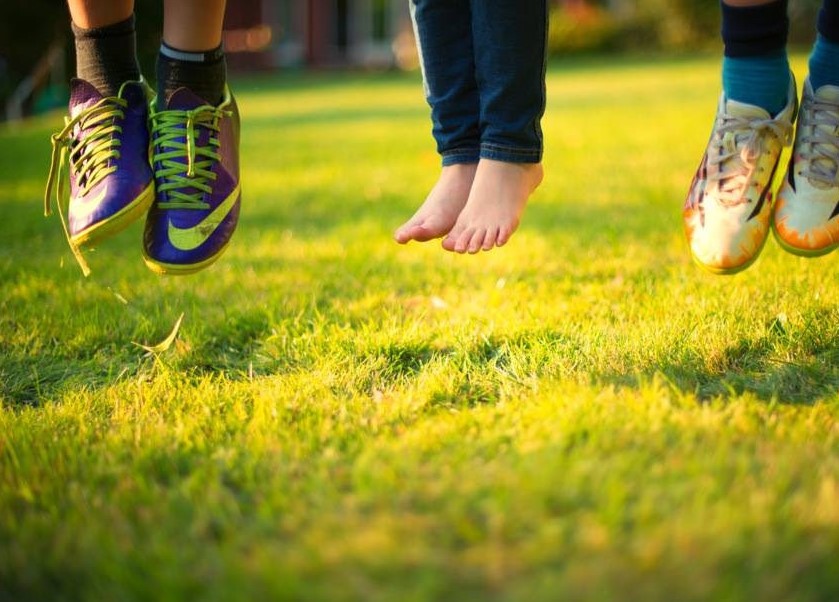 Parents of children with type 1 diabetes often feel they need to wrap their child in cotton wool rather than let them get on with the job of being a kid and everything that entails such as running, jumping and climbing.
Parents of children with type 1 diabetes often feel they need to wrap their child in cotton wool rather than let them get on with the job of being a kid and everything that entails such as running, jumping and climbing.
While exercise can increase the risk of hypoglycaemia for people dependent on insulin, Children’s Diabetes Centre research assistant Sam Armstrong believes the benefits of undertaking physical activity far outweigh the risks of staying sedentary.
“Taking part in regular exercise and physical activity is a very important part of managing diabetes and maintaining good overall health in childhood, as well as into adulthood,” he said.
“It not only improves cardiovascular health, strength and fitness but also reduces insulin requirements and improves blood lipid profiles. Exercise also has considerable psychological and psychosocial benefits, such as improved quality of life and wellbeing.”
Mr Armstrong, who was diagnosed with type 1 diabetes when he was 17, said exercise was often linked with a lowering of blood glucose levels (BGLs) during or after exercise from what it was prior to exercising but this in itself was not something for undue concern.
“It is important to be aware that exercise can cause low BGLs/hypos, however, the likelihood of a severe hypo during or after exercise is very low and while there is a risk, it shouldn’t be a reason to not exercise,” he said.
Mr Armstrong said any form of exercise was great but it was important to include a combination of cardiovascular and resistance exercise.
“This does not mean children need to become bodybuilders but instead participate in age-appropriate activities to maintain and improve their cardiovascular fitness, lipid (fat) breakdown, muscular endurance and healthy bone density,” he said.
“For younger children, this can be climbing, jumping, trampolines and running. As they get older, things like swimming, ball games and cycling are good.
“Contact sports are also fine, especially if your child uses a pen to deliver insulin. If your child uses an insulin pump, then, depending on the sport and individual circumstances, some adjustments will likely need to be made.”
Sam’s top exercise tips:
- Discuss your bolus/basal rates with your diabetes team.
- Check BGL before, during and after exercise.
- Eat a carbohydrate-containing snack prior to physical activity.
- Have ready access to glucometer and hypo kit.
- Stay hydrated (water is the best drink) before, during and after exercise.
If swimming:
- Follow the general tips listed above plus always make sure your fingers are dry before doing a finger prick as water from the surface of your skin may affect the BGL reading.
- Have ready access to a glucometer and hypo kit, preferably on the edge of the pool or at the end of the swimming lane.
- It is recommended that you swim with a companion or with supervision/support staff who are aware of your diabetes.
***Most insulin pumps are waterproof and can be worn swimming, however, please refer to your specific model/manufacturing details***
The Children's Diabetes Centre is doing a lot of research into the best ways for patients with type 1 diabetes to exercise safely. If you are interested in taking part in one of the exercise trials, or learning more about what we are doing, please email diabetes.research@health.wa.gov.au or visit our research section here.
